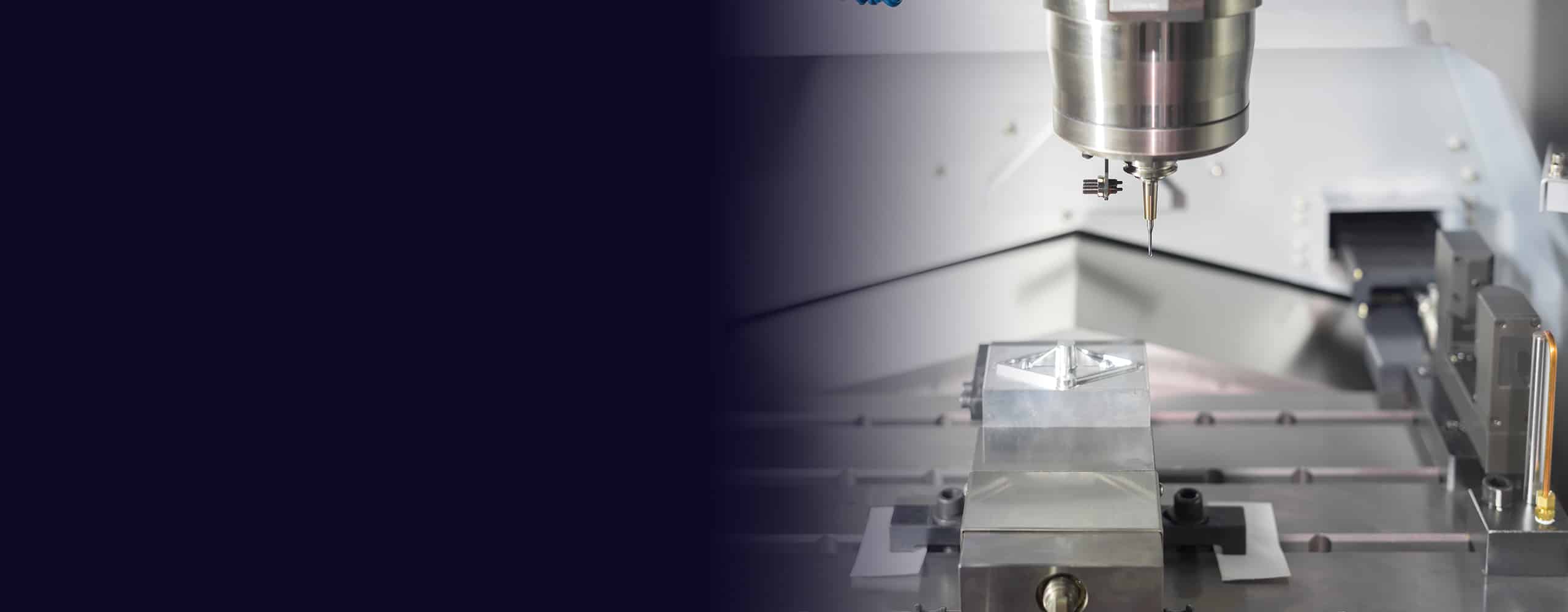As a professional in the manufacturing industry, you understand the importance of precision machining. You know that precision is key to producing high-quality products that meet customer specifications. One of the most critical factors in achieving precise results is tool geometry.
In this article, we will explore the basics of tool geometry and how it impacts the machining process. We will discuss the various elements that make up tool geometry and their effects on cutting performance. By the end of this article, you will have a better understanding of how to optimize your machining process through proper tool geometry.
Understanding Tool Geometry
Tool geometry refers to the shape and design of cutting tools used in machining operations. The cutting tool is an essential component of any machining process, and its design plays a crucial role in determining the quality and accuracy of the finished product.
There are several key elements that make up tool geometry:
1. Cutting Edge
The cutting edge is the sharp edge on the tool that comes into contact with the workpiece. It is responsible for removing material from the workpiece during cutting. The shape and angle of the cutting edge determine how well it can cut through different materials.
2. Relief Angle
The relief angle is the angle between the flank (the part of the tool behind the cutting edge) and a line perpendicular to the workpiece surface. It provides clearance for chips to flow away from the cutting edge.
3. Rake Angle
The rake angle is the angle between the face of the tool and a line perpendicular to the workpiece surface. It affects chip formation, cutting forces, and surface finish.
4. Helix Angle
The helix angle is the angle formed by a line drawn along one flute or tooth of a cutting tool and a plane perpendicular to its axis. It determines how well chips are evacuated from the cut zone.
5. Nose Radius
The nose radius refers to the curve at the tip of the tool. It affects surface finish and wear resistance.
Each of these elements plays a critical role in determining how well a cutting tool can perform in specific machining operations.
Optimizing Tool Geometry for Precision Machining
To achieve precise results in machining, it is essential to optimize tool geometry for each operation. The right combination of cutting edge shape, relief angle, rake angle, helix angle, and nose radius can make a big difference in cutting performance.
Here are some tips to optimize tool geometry for precision machining:
1. Choose the Right Cutting Tool
Selecting the right cutting tool for the job is crucial. Consider factors such as material type, workpiece shape, and required surface finish when choosing a tool.
2. Adjust Relief Angle
Adjusting the relief angle can help improve chip evacuation and prevent chip recutting, leading to better surface finish and longer tool life.
3. Optimize Rake Angle
The rake angle has a significant impact on cutting forces and chip formation. Optimizing this angle can lead to reduced cutting forces and improved surface finish.
4. Adjust Helix Angle
The helix angle affects chip evacuation and cutting forces. Adjusting it can help improve chip flow and reduce cutting forces, resulting in better surface finish.
5. Choose the Right Nose Radius
The nose radius affects surface finish and wear resistance. Choosing the right radius can help achieve the desired finish while prolonging tool life.
Tools with optimized geometry can produce better results with less wear on the tool itself, reducing costs associated with replacement tools or machine downtime caused by worn-out equipment.
Conclusion
Tool geometry is an essential factor in achieving precise machining results. The elements that make up tool geometry work together to determine how well a cutting tool performs in specific operations.
By optimizing tool geometry through proper selection of cutting tools, adjusting relief angles, optimizing rake angles, adjusting helix angles, and selecting appropriate nose radii, manufacturers can achieve better results with less wear on their tools.
In conclusion, understanding tool geometry and its impact on precision machining is critical to optimizing the machining process. By following the tips outlined in this article, you can improve your machining results and reduce costs associated with replacing worn-out equipment.
References
“Tool Geometry.” Wikipedia, Wikimedia Foundation, 16 Sept. 2021, en.wikipedia.org/wiki/Tool_geometry.
“Optimizing Tool Geometry for Successful Machining.” Sandvik Coromant, www.sandvik.coromant.com/en-gb/products/pages/optimizing-tool-geometry.aspx.
“Selecting the Right Cutting Tool.” Modern Machine Shop, Gardner Business Media, Inc., 29 Oct. 2015, www.mmsonline.com/articles/selecting-the-right-cutting-tool.




